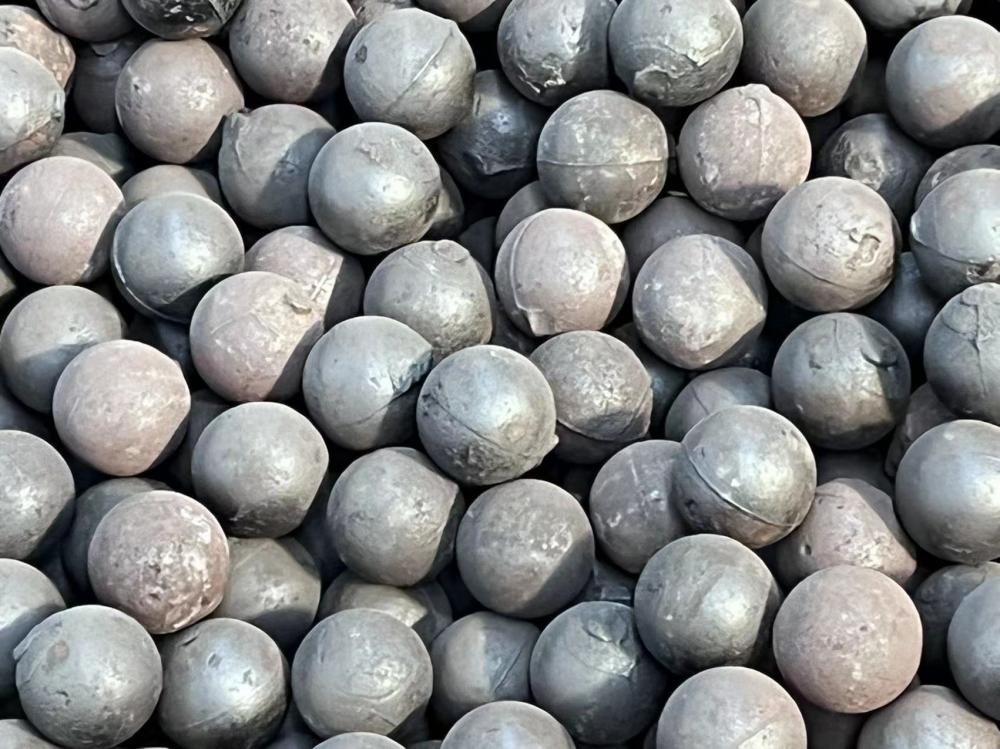When it comes to the electrical core components of a woven bag printing machine, it's advisable to invest upfront to avoid future issues caused by frequent breakdowns. If you're confident in the quality and performance of another brand's inverter, you can consider alternatives to save costs. Once the inverter hardware is in place, the next step is to configure its internal parameters. For speed settings, the jog frequency can be set to 2.5 Hz, the initial printing speed at 25 Hz, and the high-speed setting around 60 Hz. As an example, we'll take the Mitsubishi A540 series 400V, 11kW inverter and walk through the wiring process and how it connects with the old woven bag printing machine. The two wiring diagrams are shown below, along with important notes.
(1) The original woven bag printing machine used an electromagnetic speed control motor with low-speed motor, clutch, and brake mechanisms. These have been removed and replaced with a specialized frequency conversion motor from Shanghai Tongtai Electric Co., Ltd. This 11kW/380V motor includes a three-phase power-off brake and a cooling fan. The original motor’s mounting base can still be used, and the pulley from the old motor can be transferred to the new motor shaft.
(2) Since the original main motor and low-speed motor have been taken out, the wiring for the main contactors KM1, KM2, and KM3 in the distribution box can be removed. The remaining contacts can be used as switch contacts for the drive control signals. However, due to potential wear and poor contact from long-term use, it's recommended to replace the original relay contacts. The inverter’s STF (forward), STR (reverse), RM (medium speed), RL (low speed), MRS (reset), and SD (common) terminals need to be connected using a combination of series and parallel circuits to meet the three-stage speed control requirements.
(3) The original electromagnetic governor ZLK-11 of the slitting machine has also been removed. Instead, a suitable speed display box is installed in its original location. A 1KΩ/ZW winding potentiometer is used to provide an analog signal input to the inverter’s -10E, 2.5 port. A 10V DC voltmeter is connected in parallel across the 2.5 terminal, and the dial is adjusted to indicate the command speed of the inverter.
(4) The normally closed contacts B and C of the inverter are connected in series with the original control line KA1, enabling the entire machine to have an emergency stop function.
(5) The contactor KMa for the main motor is connected to the original line KA1. In case of an alarm, the main motor circuit is disconnected, and the KA1 normally closed contact closes, resetting the inverter and preventing output. The cooling fan and electromagnetic brake contactor KMb coil are wired in two separate branches. One branch is connected in parallel with KMa’s normally open contacts, while the other uses a normally closed contact linked to the power supply safety switch. Normally, this branch is open. When manual cranking is needed, the power passes through the safety switch to energize KMb, releasing the brake so the machine can be manually operated.
(6) There are two options for installing the inverter. One is to build a new control box and place it in a suitable position under the Feida paperboard. Alternatively, if the control cabinet is near a wall or column, the control box can be mounted directly on the wall or column, with the wiring passed through the existing harness and connected to the original control cabinet. (http://)

Mill Alloy Casting Ball,Corrosion Resistance Chrome Ball,Chromium Steel Balls,Corrosion Resistant Cast Ball
Xuzhou Surun wear-resistant material Co., LTD , https://www.suruntools.com